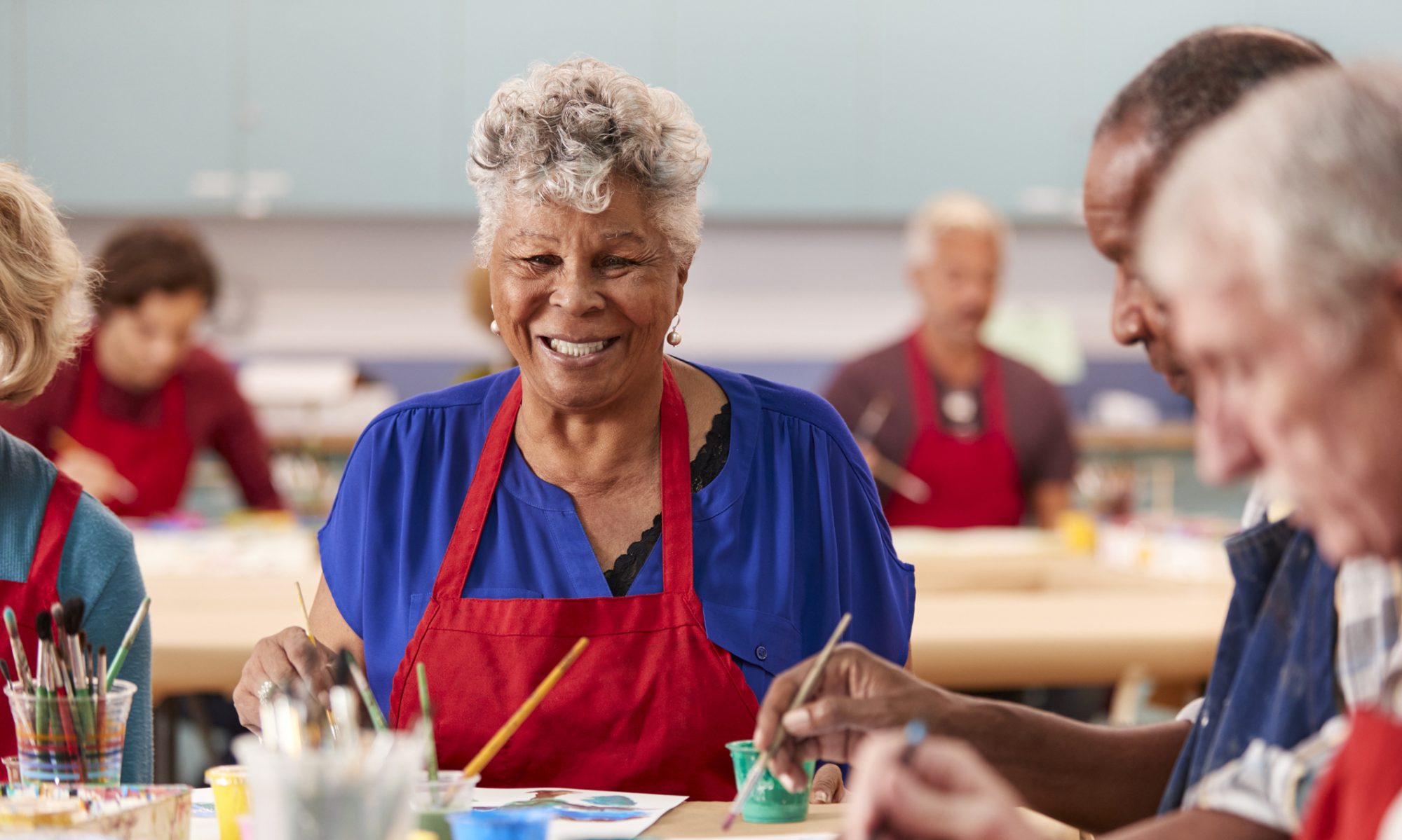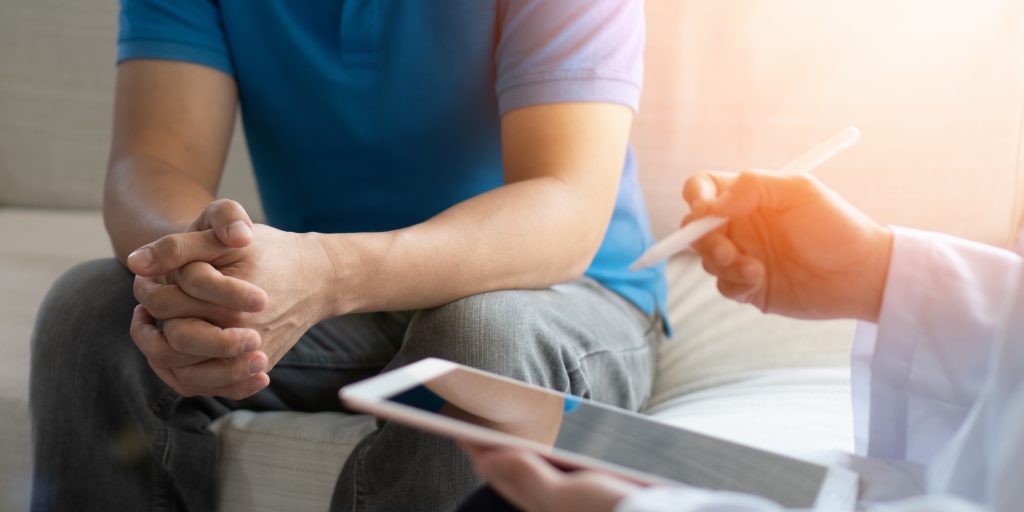We are heading into our 8th month of staying at home, social distancing, wearing masks, and listening to experts tell us what is best for us while we continue to be isolated from our friends and, in many cases, our loved ones. We expected that if we complied with the state mandates and stayed home and restricted all our activities that in a few weeks we would be able to get back to normal life. In our case this meant going to the Center, seeing our friends, working on our therapies and getting better. But here it is November and the Center remains closed to clients and there is no end in sight. California is caught up in its colored tier system that talks about schools, businesses, churches and other group activities but our Centers and other services like ours are not even on the plan until well after the 4th tier.
So what are we to do? If we have been sitting at home and waiting for the services to open up again, we need to accept that it will be a long time before we are able to live the way we did pre-COVID-19. If we really are honest, it will probably be when an effective vaccine is available, we are vaccinated and all the staff at the Centers are vaccinated. Even then, we will probably be checked at the door and asked to restrict our activities as we slowly return to a system that allows us to feel safe from either spreading or catching this virulent virus – remember viruses are stubborn. We don’t have a cure for the common cold, we vaccinate every year for the flu but it mutates and returns. Will COVID-19 evolve into COVID-20 , 21, 22? Will there be a yearly vaccine like for the flu? Will it remain as strong and dangerous or will it become more like the seasonal flu. These are all questions that we can’t answer but they direct us to understand that we need to adapt to the changes that have occurred and do the best for us to continue working on getting better and thriving.
How do we do that? First thing to realize is that if you are reading this, you have access to the internet and that is a big bonus. Take an inventory of ways you have to join others, to get therapies, to enjoy meals, to learn new skills. It may be your cell phone, your computer, the home phone, or your tablet. The first thing is to realize you don’t need to do this alone. We have a brand-new team here at NVC ready and able to assist. Give Dr. Jay Seller (760- 323- 7676) a call and tell him you are interested in getting involved. Tell him you are tired of sitting at home and are bored with watching TV all day. Tell him the kinds of things you like to do and the goals and aims you have for your health and for your well-being. Let us see what we can do together to make our lives better.
You are reading this on our new web site to give a better indication of what you can do now that the Center is not available for in person services – check out the Events page. We are working hard to develop services that will bring you together with others to support and learn form each other. We are staying active in bodies and in minds, we are doing speech therapies, group counseling, educational programs, social programs and that is just the start.
You remember we have always said that we never give up on anyone – now it is time for us to dig deep into ourselves and not give up or give in to this virus. We will continue to thrive, to help each other and to work together to be better.
Even better, our services might be covered by your insurance. Let’s get the conversation rolling. This means you caregivers too. – Contributed by Beverly Greer, CEO, Neuro Vitality Center



